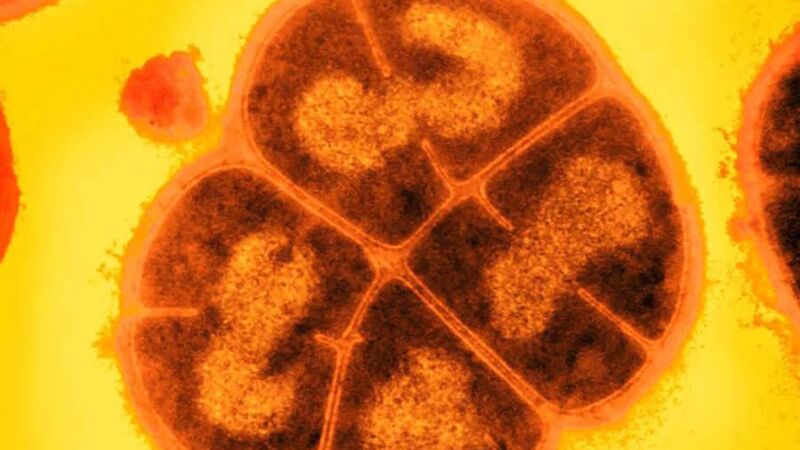The remarkable properties of a specific bacterium, *Deinococcus radiodurans*, commonly referred to as “Conan the Bacterium,” have captivated scientists. This microorganism is renowned for its extraordinary resilience, managing to endure radiation levels up to 28,000 times beyond what would be fatal for humans. Its remarkable adaptability is attributed to a unique antioxidant mechanism, the workings of which have recently been unraveled by researchers, offering exciting implications for human health—both on Earth and in space exploration.
The core of *Deinococcus radiodurans*’s resilience lies in a complex assembly of small molecules known as metabolites. This essential triad consists of manganese, phosphate, and a short peptide made of amino acids. Together, these components work synergistically to provide robust protection against radiation, as demonstrated in a new study published in the *Proceedings of the National Academy of Sciences*. The study underscores that this combination is markedly more potent in combating radiation than manganese combined with any singular component alone, highlighting a groundbreaking advancement in understanding the bacterium’s biochemical strategies.
The research team, guided by insights from professor Brian Hoffman of Northwestern University’s Weinberg College of Arts and Sciences, expressed optimism about the potential application of these findings in safeguarding astronauts against the cosmic radiation they would encounter during deep-space missions. The study not only emphasizes the protective role of the antioxidant but also sheds light on the underlying mechanisms that make this unique combination such a promising candidate for radioprotection.
Astronauts face considerable risks from high doses of cosmic rays during space exploration. Hoffman emphasized the scientific importance of identifying and harnessing the “magic” of this combination of manganese, phosphate, and peptide that enhances antioxidant efficacy. The remarkable resilience of *Deinococcus radiodurans* has previously earned it a place in the Guinness World Records as the most radiation-resistant organism, capable of thriving in harsh conditions, including extreme acidity, frigid temperatures, and prolonged dehydration. Its capacity to survive in environments as hostile as outer space for extended periods underlines its incredible adaptability.
Research conducted by Hoffman and another expert in the field, Michaely Daly, has further established the potential of these bacteria as life forms that could possibly endure on Mars for millions of years if they ever existed there. Their former studies indicated that the bacteria’s survival abilities were directly linked to the concentration of manganese antioxidants within their cells. As the amount of these antioxidants increased, so too did their ability to withstand radiation.
The latest investigation involved a synthetic antioxidant developed from melatonin, known as MDP (melatonin-derived protective). This innovative radioprotective agent utilizes insights gleaned from *Deinococcus radiodurans* and has previously been used successfully in radiation-inactivated vaccines. This particular study meticulously analyzed MDP’s active components to discern how they work together to shield cells and proteins from radiation exposure. Researchers discovered a dynamic interaction where the binding of the peptide DP1 and phosphate to manganese forms a highly effective triple-complex, which Hoffman cogently referred to as the “secret sauce.”
Doctor Tetyana Milojevic, a noted expert in exobiology at the University of Orléans, commended the study, stating that it provides new insights into the potential for creating radioprotective shields from metabolites in the future. Although she was not directly involved in the research, her feedback reflects the broader scientific community’s interest in the outcomes.
Daly emphasized the practical implications this research could have not just for space exploration but also for terrestrial applications, including healthcare and industry. The simplicity, cost-effectiveness, and non-toxic properties of MDP could revolutionize protective measures against radiation, particularly for astronauts facing hazardous levels in space and individuals exposed to radiation accidents on Earth.
Looking forward, the research team is eager to explore whether the triple complex that contributes to *Deinococcus radiodurans*’s incredible resilience exists in other organisms. If such mechanisms are found broadly across different species, it could pave the way for uncovering additional strategies to enhance radiation resistance in various biological contexts. This could lead to exciting advancements in both our understanding of microbial life and practical applications in preserving human health against extreme radiation exposures.



